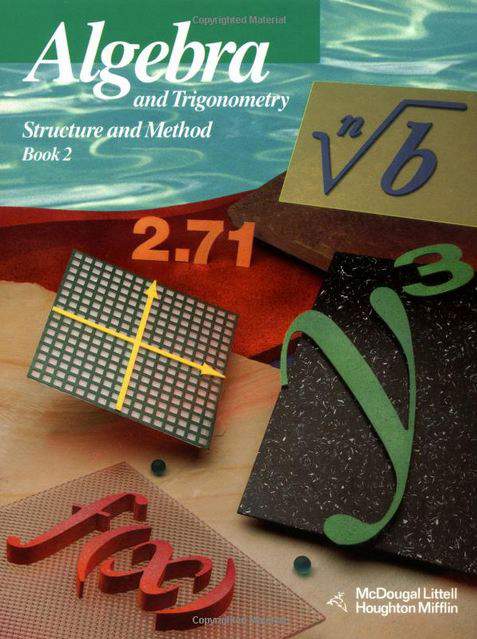Connecting...

This is a quick preview of the lesson. For full access, please Log In or Sign up.
For more information, please see full course syllabus of Algebra 2
For more information, please see full course syllabus of Algebra 2
Algebra 2 Quadratic Formula and the Discriminant
Lecture Description
In previous lessons, we saw how some methods had certain limitations because they can’t be used in all situations. In this lesson, you’ll learn about the quadratic formula and the discriminant which can be used to solve any quadratic equation. To use the formula, our quadratic must be in standard form, with coefficients a, b, and c. The quadratic formula uses the discriminant, which can help us determine the number and the nature of the solutions. If the discriminant is positive or zero, the solutions are real; if the discriminant is negative, the solutions are complex. You'll learn more about these cases through the examples and get to test your new knowledge.
Bookmark & Share
Embed
Share this knowledge with your friends!
Copy & Paste this embed code into your website’s HTML
Please ensure that your website editor is in text mode when you paste the code.(In Wordpress, the mode button is on the top right corner.)
×
Since this lesson is not free, only the preview will appear on your website.
- - Allow users to view the embedded video in full-size.
Next Lecture
Previous Lecture









































 Carleen Eaton
Carleen Eaton Grant Fraser
Grant Fraser
 Answer Engine
Answer Engine



0 answers
Post by William Zhang on May 1, 2020
Please answer my question
0 answers
Post by William Zhang on May 1, 2020
At 4:16 it should be -2 not -1
4 answers
Last reply by: Abigail Wu
Mon Jun 1, 2020 6:13 PM
Post by Jose Gonzalez-Gigato on December 5, 2011
At 4:15, in the section "One Rational Root", it should be -2, not -1 because it is -b. This will make the solution = -1, not - 1/2.
6 answers
Last reply by:
Thu Jan 23, 2020 9:00 PM
Post by Vasilios Sahinidis on December 25, 2010
I thought you set a=1 and b=2, in the quadratic formula you used 1 for b.
0 answers
Post by Jeffrey Petsko on September 25, 2010
it needs to discuss how to slove problems like 3x squared+1=2x!